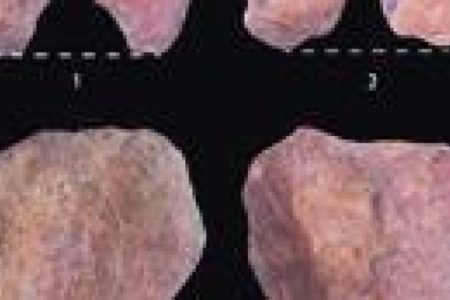Sambalpur University Historians Dig Up Odisha’s Stone Age Past
Sambalpur: In a discovery that hints at human settlements in Odisha’s Bargarh district dating back to 65,000 years, archaeologists from Sambalpur University have unearthed tools and artefacts from the middle and late Stone Age periods.
The Find
The artefacts include red ochre saddle querns from the middle Palaeolithic (middle Stone Age) about 65,000 years ago and pestles from the upper Palaeolithic (late Stone Age) period around 25,000 years ago.
The Site
The artefacts were discovered on the southern fringes of Debrigarh hill range, around four km from Bhatli town and two km from Torajunga in Bargarh district.
The Team
Professor Pradeep Kumar Behera from Sambalpur University’s History Department has been leading the team of researchers and post-graduate students at the excavation site since 2015.
The team also includes coordinator Dr Neena Thakur, curator of NK Sahu Museum, Kshirasindhu Barik, and research scholars.
Analysis & Dating
The excavated items were scientifically examined by Birbal Sahni Institute of Palaeosciences in Lucknow and Phytolith Research Institute in Pune, Prof Behera informed. The artefacts were subjected to optically stimulated luminescence (OSL) technique to date them.
Besides, excavated soil samples were also tested to determine contemporary vegetation patterns of the area.
The OSL date of the artefacts from middle Stone Age is determined as 65.6 (±4.1) thousand years and those from late Stone Age period is determined as 25.8 (±1.6) thousand years.
Significance
“It is very interesting that the saddle querns recovered are of ground red ochre (iron oxide). However, there was no deposit of red ochre there. The nearest place to the site, where red ochre deposit is found, is 80 km away towards north of Barapahad,” Prof Behera was quoted as saying by The New Indian Express.
“Hence, the discovery of the saddle quern indicates existence of a long distance trade network and developed cognitive abilities of humans who had settled at Torajunga site,” he added.
Besides, the phytolith analysis of soil samples have revealed shift in vegetation pattern from woodland to savanna between the two periods of human occupation at the site.
ALSO READ: Utkal University Students Protest Hostel Closure, Block National Highway


Comments are closed.